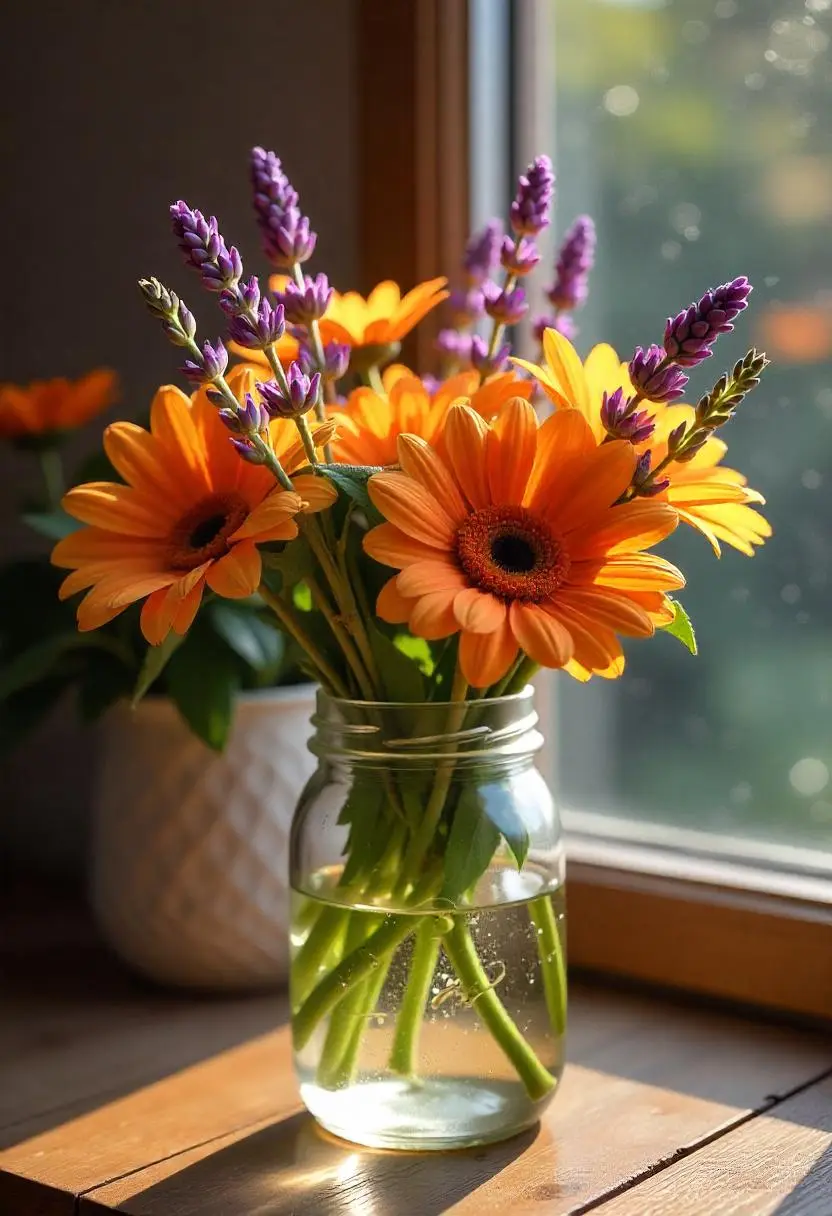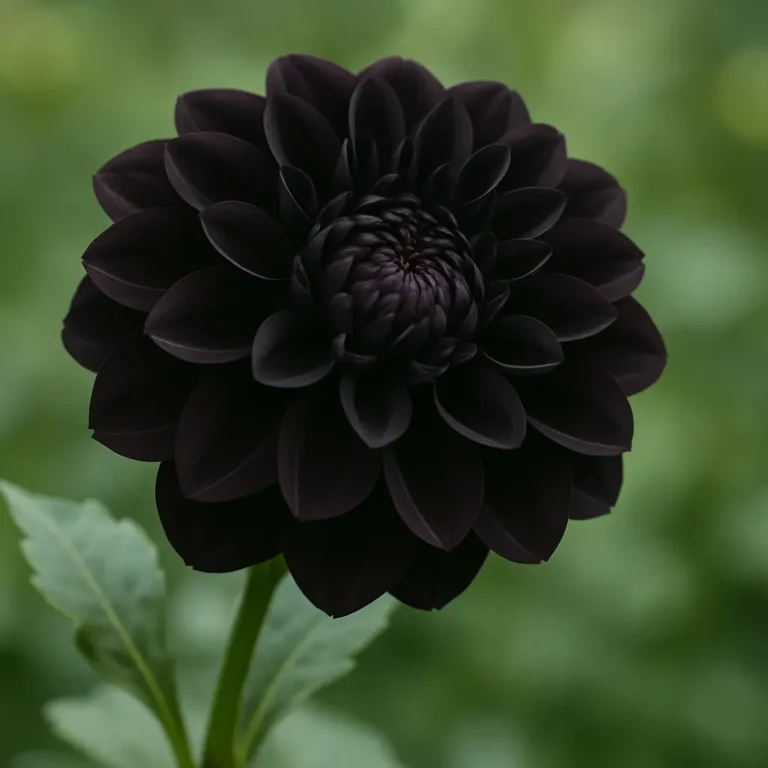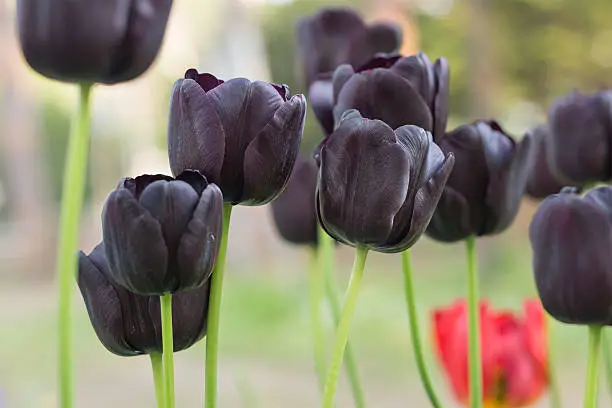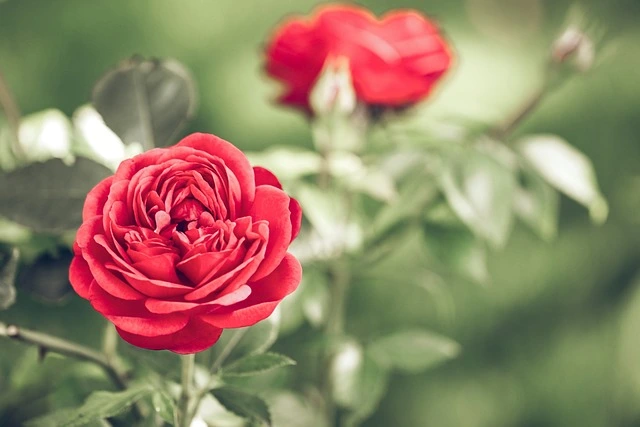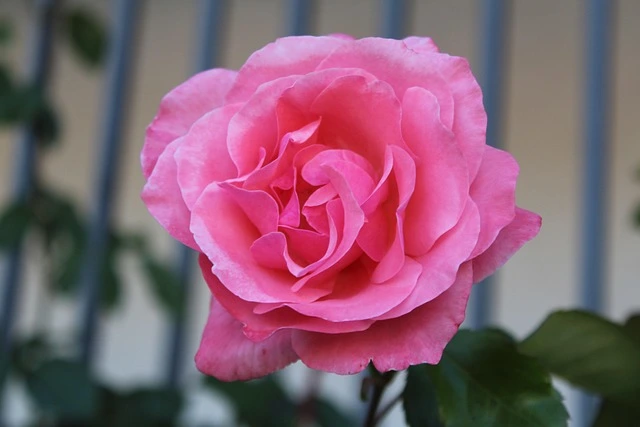How to Make Flowers Last Longer
Table of Contents
Beautiful flowers bring joy and brightness to any space, but their ephemeral nature can be disappointing. With the right techniques and a bit of know-how, you can significantly extend the lifespan of your cut flowers, allowing you to enjoy their beauty for days or even weeks longer than expected. In this comprehensive guide, I’ll share professional tips and natural methods to make your flowers last longer, keeping your bouquets fresh and vibrant.

Why Do Cut Flowers Die So Quickly?
Before diving into solutions, it’s important to understand why cut flowers naturally have a limited lifespan. Once separated from their root system, flowers can no longer receive water and nutrients as they would in nature. Additionally, several factors accelerate their decline:
- Bacteria growth in the vase water clogs stems and prevents proper hydration
- Ethylene gas naturally released by plants accelerates aging
- Air bubbles in the stems block water uptake
- Dehydration occurs when water evaporates faster than it’s absorbed
- Environmental stress from temperature fluctuations, direct sunlight, or drafts
Understanding these challenges helps us implement effective solutions to make flowers last longer naturally.
Essential Pre-Care Tips: What to Do When You First Get Flowers
The first 30 minutes after receiving flowers are crucial for maximizing their longevity. Follow these steps immediately:
- Unwrap the bouquet as soon as possible to prevent moisture buildup and bacterial growth
- Fill a clean vase with room temperature water (cold water for bulb flowers like tulips)
- Add flower food if provided, or make your own (recipe coming up!)
- Trim the stems at a 45-degree angle under running water using sharp scissors or pruners
- Remove any foliage that would sit below the waterline
- Place in water immediately after trimming each stem
Pro Tip: Always use clean tools when cutting stems to prevent introducing bacteria that can shorten flower life.
Daily Care Routine How to Make Flowers Last Longer
Establishing a simple daily care routine will significantly extend the life of your cut flowers:
Water Management
- Change water every 1-2 days to prevent bacterial growth
- Top up water levels daily as flowers drink more than you might expect
- Use room temperature water for most varieties (except bulb flowers)
- Re-trim stems (¼-½ inch) each time you change the water
Environmental Considerations
- Keep flowers away from fruit bowls, as ripening fruit releases ethylene gas
- Avoid placing flowers near heating vents, air conditioners, or in direct sunlight
- Move arrangements to a cool location overnight (55-65°F is ideal)
- Keep flowers away from cigarette smoke and cooking fumes
Natural Solutions How to Make Flowers Last Longer
If you prefer to avoid commercial preservatives, these natural alternatives can effectively extend flower life:
DIY Flower Food Recipes
Basic Homemade Flower Preservative:
- 1 quart water
- 2 tablespoons lemon juice or white vinegar (to acidify water and discourage bacteria)
- 1 tablespoon sugar (to nourish flowers)
- ½ teaspoon household bleach (to prevent bacterial growth)
Citrus Soda Solution:
- 1 part clear citrus soda (like Sprite or 7-Up)
- 3 parts water
- ¼ teaspoon household bleach (optional)
Apple Cider Vinegar Mix:
- 1 quart water
- 2 tablespoons apple cider vinegar
- 2 tablespoons sugar
Other Natural Preservatives
| Natural Preservative | How to Use | Benefits |
|---|---|---|
| Aspirin | 1 crushed tablet per quart of water | Lowers water pH, reduces bacterial growth |
| Copper penny (pre-1982) | Place in bottom of vase | Copper acts as a natural fungicide |
| Vodka | Few drops in vase water | Inhibits ethylene production |
| Hydrogen peroxide | ¼ teaspoon per quart of water | Oxygenates water and kills bacteria |
Flower-Specific Care Tips
Different flower varieties require specific care to make them last longer:
Roses
- Remove guard petals (outer protective petals)
- Re-cut stems under water at a sharp angle
- Add ½ teaspoon of sugar to vase water
- For drooping heads, wrap stems in newspaper and submerge in water for 1-2 hours
Tulips
- Keep in cold water
- Wrap in paper when first arranging to help stems stand straight
- Add a copper penny to the vase water
- Expect continued growth in the vase—tulips can grow 1-2 inches after cutting!
Lilies
- Remove pollen-bearing anthers to prevent staining and extend bloom life
- Keep away from drafts
- Use lukewarm water with flower food
- Trim very little off stems when changing water
Hydrangeas
- Smash woody stems with a hammer before placing in water
- Submerge entire flowers in cool water for 30 minutes if they wilt
- Add alum powder (found in baking aisles) to vase water
- Mist flower heads lightly daily
Carnations
- Re-cut stems at a 45-degree angle under water
- Add 2 tablespoons of white vinegar per quart of water
- Keep in a cool location
- Remove any single blooms that fade while others remain fresh
Advanced Techniques for Maximum Longevity
For those serious about making flowers last longer, these professional techniques can add days or even weeks to your arrangements:
Conditioning Techniques
Scalding Method (for certain varieties): Works particularly well for roses, hydrangeas, and lilacs:
- Cut stems at an angle
- Immediately place cut ends in 1-2 inches of boiling water for 30 seconds
- Transfer directly to cool water with flower food
- This seals in plant sap and improves water uptake
Glycerin Preservation: For foliage and certain flowers that can be permanently preserved:
- Mix 1 part glycerin with 2 parts warm water
- Place freshly cut stems in solution
- Leave for 2-3 weeks until glycerin replaces plant moisture
- Foliage will become supple and maintain its appearance for months
Commercial Products Worth Considering
While natural methods are effective, some commercial products offer excellent results:
- Professional flower preservatives contain the ideal balance of nutrients, acidifiers, and bacteria inhibitors
- Floral hydration solutions can revive wilted flowers when used as directed
- Finishing sprays help seal moisture into delicate blooms and foliage
- Stem sealants prevent sap leakage from certain varieties like poppies and dahlias
Reviving Wilted Flowers
Don’t discard wilting flowers too quickly! Many can be revived with these rescue techniques:
- Re-cut stems and place in fresh, warm water with flower food
- Submerge entire flowers (except for delicate varieties) in room temperature water for 30-60 minutes
- For hollow-stemmed flowers like dahlias or amaryllis, fill stems with water and plug with cotton before placing in vase
- Create a humidity tent by placing a plastic bag over arrangement for a few hours (remove afterward)
Final Thoughts on Making How to make Flowers Last Longer
With proper care and attention, most cut flower arrangements can last 7-14 days, with some varieties lasting even longer. The key is immediate and consistent care, starting from the moment you receive or purchase your flowers.
Remember that seasonality plays a role in flower longevity—locally grown, in-season blooms typically last longer than imported varieties. Whenever possible, choose fresher, locally sourced flowers for maximum vase life.
By implementing these professional tips and natural solutions, you’ll be able to enjoy your beautiful blooms for much longer, making every flower purchase more economical and enjoyable. Whether you’re preserving a special occasion bouquet or simply wanting to enjoy your weekly flowers longer, these techniques will help you maximize the beauty and longevity of your floral arrangements.
What’s your favorite method for making flowers last longer? Do you have any family secrets or techniques that have worked particularly well? Share your experiences in the comments below!
Share Your Opinion,Did You Find The Article Helpful ?
There are no reviews yet. Be the first one to write one.
